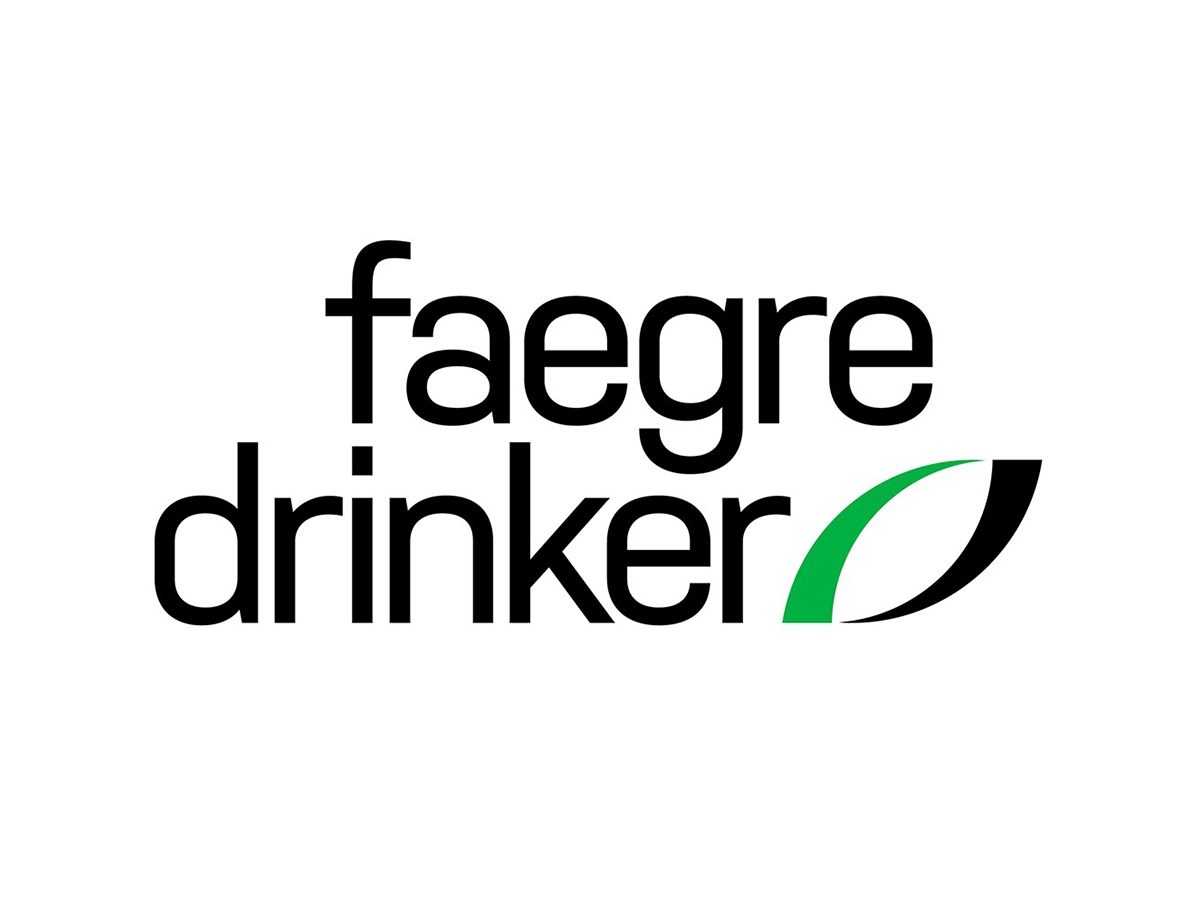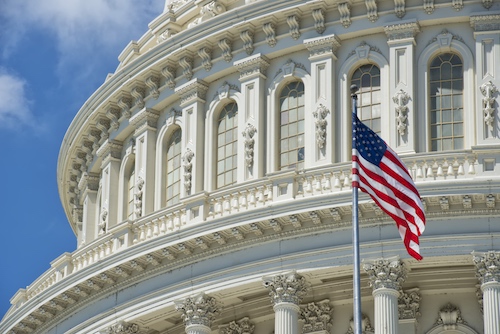Latest Federal Court Cases – April 2024 #2 | Schwabe, Williamson & Wyatt PC
Janssen Pharms., Inc. et al. v. Teva Pharm. USA, Inc. et al., Appeal Nos. 2022-1258, -1307 (Fed. Cir. April 1, 2024)
In this week’s Case of the Week, the Federal Circuit vacated-in-part a district court’s bench trial decision that Teva had not shown claims of Janssen’s U.S. Patent No. 9,439,906 to be invalid, and remanded for further proceedings. The ’906 patent is the last remaining Orange Book patent that covers Johnson & Johnson’s successful schizophrenia drug Invega Sustenna, and the Court’s decision will provide Teva with another opportunity to clear the way for generic formulations. The opinion focused predominantly on several erroneous aspects of the lower court’s obviousness analysis, and provided a clear reminder that challenges to obtaining regulatory approval will typically have limited relevance to the question of whether a pharmaceutical patent is obvious over the prior art.
The claims at issue were directed to a dosing regimen of intramuscular administration of paliperidone palmitate to a patient suffering from schizophrenia or certain similar disorders, including unequal initial loading doses of 150 mg-eq. and 100 mg-eq. prior to the administration of smaller monthly maintenance doses; a reduced dosing regimen for renally impaired patients; a formulation with specific average particle sizes; and a deltoid injection site. The use of paliperidone for the treatment of schizophreniform disorders was well-known in the prior art, as well as the use of long-acting injectable (LAI) formulations of antipsychotics to improve treatment adherence over daily regimens. To show that the particular dosing regimen claimed in the ’906 patent was obvious, Teva relied on Janssen’s own published study protocol for a Phase III clinical trial involving gluteal administration of injected paliperidone palmitate (protocol NCT00210548, or “the ’548 protocol”), in combination with other prior art references that originated with Jannsen and concerned paliperidone preparations and uses.
In finding the challenged claims not obvious over this prior art development history, Teva argued that the district court had committed several foundational errors that undermined its obviousness analysis, and the Federal Circuit agreed.
Broadly speaking, the Federal Circuit found that the lower court conflated Jannsen’s own challenges in obtaining regulatory approval with a POSA’s ability to arrive at the invention reflected in the patent claims. For example, Janssen had faced concerns over generating population-wide data for a “generalized” dosing regimen, and in its obviousness analysis, the district court discounted several pertinent prior art disclosures for pertaining to an “individualized” rather than a “generalized” dosage. However, the patent claims at issue concerned only a regimen for, e.g., “a psychiatric patient in need of treatment for schizophrenia,” with no requirement “that the regimen be used for—let alone be ideal for—the patient population generally.” As such, at the outset, the Federal Circuit found that the lower court had erred to the extent that it misconstrued the claims to require (or discounted the prior art for failing to establish) any kind of optimization for the general population.
Another instance in which the lower court confused Jannsen’s path to approval with a POSA’s path to the claimed subject matter concerned the fact that while the ’548 protocol was published and available as prior art, its results were not. (Janssen in fact had considered the clinical trial a failure, although that was largely due to problems in administration rather than the protocol itself.) Teva had argued that a POSA could modify the ’548 protocol with other prior art disclosures and arrive at the claimed treatment regimen, for example by combining the protocol’s separate 150 mg-eq. and 100 mg-eq. loading doses to arrive at the claimed stepped dosage, similar to unequal loading doses described elsewhere in the prior art. However, the district court appeared to have categorically rejected any combination with the ’548 protocol because “without knowledge of the results of the trial that Janssen considered a failure, a POSA would not be motivated to modify the protocol.” The Federal Circuit found several errors with this reasoning, including that a motivation to combine may arise from many sources other than a desire to gain FDA approval:
While we do not make an initial finding about the level of background information a POSA would require to be motivated to modify an existing dosing regimen for a psychiatric patient in need of treatment, it is different from (and almost certainly less demanding than) the level of information desired by a POSA in deciding whether to redesign a Phase III clinical trial to obtain approval for a dosing regimen’s use across a population of patients of varying weights. (Emphasis in original)
Potentially as a result of these foundational errors arising from the historical background of the ’548 protocol, the Federal Circuit held that the district court ended up taking a “siloed and inflexible” approach to its analysis of the remaining prior art, which “seem[ed] to tackle the express statements of each reference one-by-one—identifying each difference or similarity between an individual reference and the claims, but not fully assessing the teachings in toto.” For example, the court had disregarded evidence that many patients prefer deltoid to gluteal injections in finding that the ’906 patent’s claimed deltoid sites were not disclosed; discounted prior art concerning unequal loading doses because it concerned LAI antipsychotics other than paliperidone palmitate; and discounted prior art concerning reduced dosages for renal impairment because it involved oral and not injectable paliperidone. Separately, the Federal Circuit also found that the district court erred when it found one reference to “teach away” from the claimed particle sizes, simply because it described a different size as optimal. The Court explained that if the reference does not actually criticize, discredit, or otherwise discourage the claimed element, simply identifying an alternative as preferable is insufficient to establish teaching away.
Because of these and other errors, the Federal Circuit vacated the district court’s decision finding that Teva had not shown the challenged claims to be obvious over the prior art. For consideration on remand, the Court also offered guidance concerning proper application of the secondary considerations of nonobviousness; specifically, the objective indicia of unexpected results, industry praise, and long-felt need and commercial success. Finally, the Court affirmed the district court’s finding that claims concerning average particle size had not been shown to be invalid as indefinite, noting that although there were different ways to measure average particle size, evidence showing variant results that depended on the method used, in this case, reflected only “outlier” and not “typical” results.
The district court’s decision was accordingly vacated in part, affirmed in part, and remanded for further proceedings on obviousness over the prior art.
The opinion can be found here.
By Jason A. Wrubleski
ALSO THIS WEEK
AI Visualize, Inc. v. Nuance Communications, Inc., Appeal No. 2022-2109 (Fed. Cir. Apr. 4, 2024)
Also this week, the Federal Circuit summarily affirmed the District of Delaware’s dismissal of AI Visualize’s patent infringement suit against appellants Nuance and Mach7, finding that the asserted claims were patent-ineligible under 35 U.S.C. § 101.
AI Visualize’s asserted patents were intended to overcome limitations in existing medical scan viewing technology, and claimed a method and system for receiving, storing, processing, and viewing large medical scans via a low-bandwidth web portal. In response to an earlier motion to dismiss, AI Visualize had filed the amended complaint at issue before the Federal Circuit. At Alice step one, the Federal Circuit agreed with the district court that the asserted claims were directed to abstract ideas—namely, converting data and using computers to collect, manipulate, and display the data. At Alice step two, because the Federal Circuit was reviewing a 12(b)(6) dismissal, all AI Visualize had to show was that its amended complaint adequately alleged that its claims contained inventive concepts. However, the Federal Circuit agreed with the district court that AI Visualize had made no arguments that the amended complaint presented any additional allegations, and no assertions that the construction of certain claim terms were relevant to the Alice inquiry. As a result, AI Visualize’s amended complaint did not contain sufficient factual allegations to support a finding that the asserted claims involved unconventional technology or a concrete application of an abstract idea, such that AI Visualize had also failed Alice step two.
The district court’s order of dismissal was affirmed.
The opinion can be found here.
By Tyler Hall






